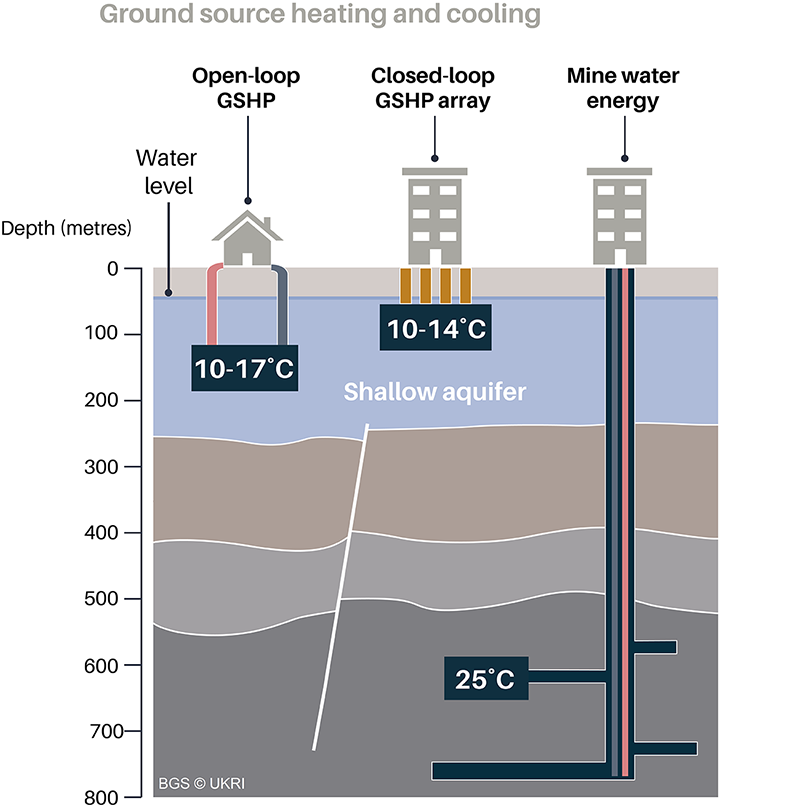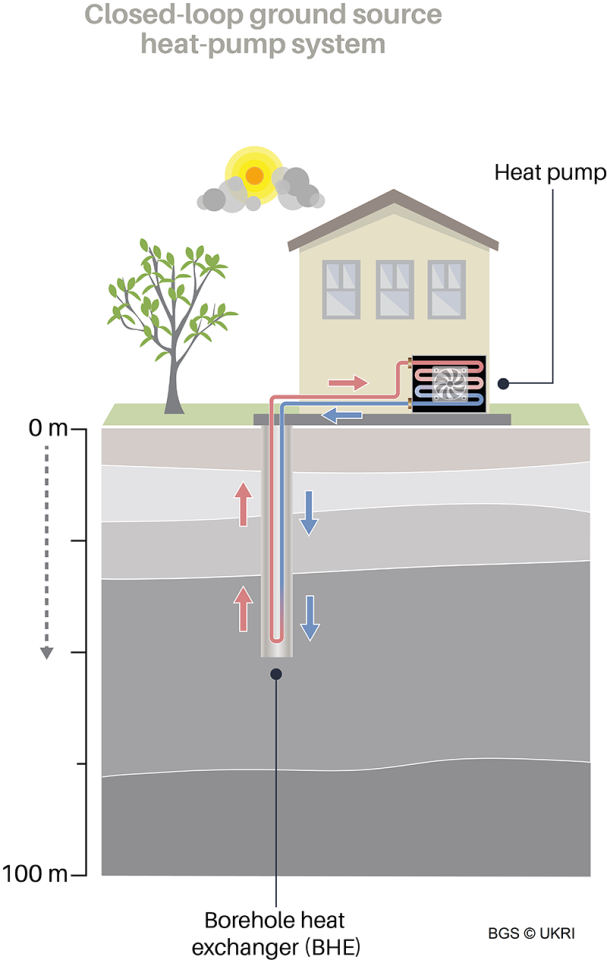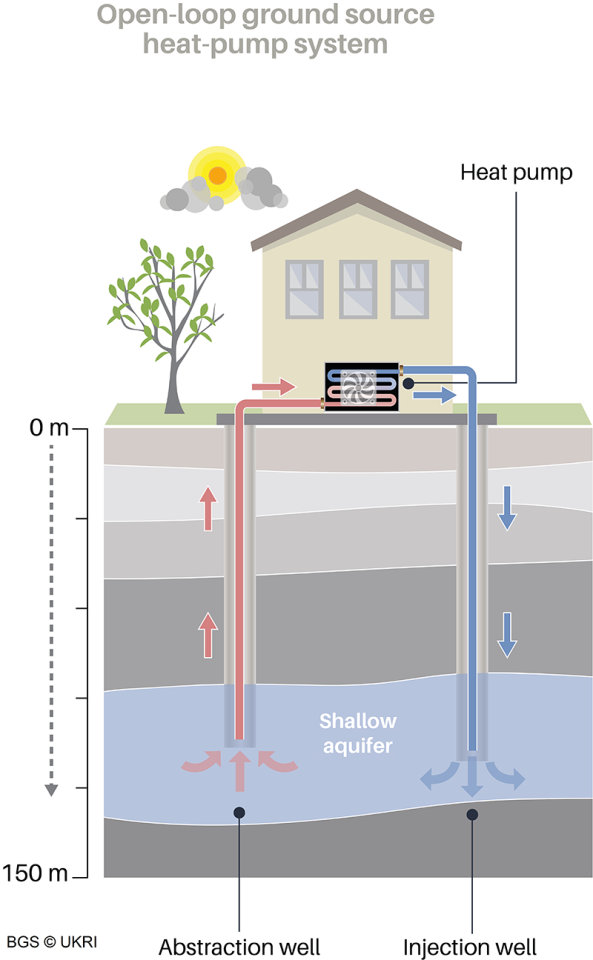Geothermal energy is available across the UK in different geological settings. It can be used to produce thermal (and in some places electrical) energy — heat and power — for a wide range of uses.
Geothermal resources can be broadly grouped into shallow and deep geothermal.
Shallow geothermal energy is the low-grade heat (10 to 25°C) that is stored in the shallow subsurface at depths of up to 500 m. It requires the use of ground-source heat pumps and can be used in most parts of the UK for the heating of buildings. Flooded underground mines constitute a special type of geothermal systems, consisting of reservoirs of ambient-temperature water that can be exploited for space heating via heat networks using heat pump technology.
Deep geothermal energy is the heat stored at depths greater than 500 m. Temperatures within the Earth increase with depth in line with the local geothermal gradient, which averages around 27°C/km in the UK. Average UK subsurface temperatures at 1000 m, 3000 m and 5000 m are around 40°C, 90°C and 140°C, respectively, which is sufficiently high enough to provide heat directly for space and hot water heating without requiring a heat pump. In some parts of the UK, temperatures within economic drilling depth (approximately 5 km) are high enough for electricity generation.
Shallow geothermal energy: ground-source heating and cooling
Shallow, low-temperature resources (between 10 and 25˚C) are available almost anywhere in the UK within different subsurface systems, including:
- soil and rocks underground
- aquifers (groundwater)
- flooded mines
They take advantage of the fact that subsurface temperatures are relatively stable all year round and are both warmer than ambient air in the winter and cooler than ambient air in the summer. They therefore provide an efficient source for space or water heating in winter or cooling in summer.
The systems use ground-source heat pumps to transfer the heat from the source (ground, aquifer, flooded mines) to the building for (space and water) heating and cooling. Different types of shallow ground-source heat pump systems are shown in Figures 1 to 3. Depending on the size of the system, heat can be supplied to individual buildings or to multiple users via a heat network.
Ground-source heat pumps are an efficient and low-carbon alternative to traditional gas boilers for space and water heating. They capture heat from the ground (via buried pipes, vertical boreholes or pumped groundwater from aquifers or flooded mines) increase it to a higher temperature and transfer it to the building to provide water or space heating.
Ground-source heat pumps can also be used for cooling by reversing the configuration, that is capturing heat from inside the building and transferring it to the ground. They can be used for heating and cooling buildings of various sizes as well as for heating and cooling networks.
Deployment of ground-source heating and cooling via ground-source heat pumps using the shallow ground and groundwater resources is feasible almost anywhere in the UK across different geological and hydrogeological settings.
There are two main technologies: closed-loop and open-loop systems.
- Closed-loop systems abstract heat via a heat carrier fluid that is circulated through pipes in the ground (a borehole heat exchanger)
- Open-loop systems extract heat from groundwater that is pumped from an aquifer (or a flooded mine in mine water geothermal)
Following the heat exchange, the groundwater is returned to the aquifer or flooded mine
Closed-loop systems use different configurations of buried pipes, typically installed in the shallow ground, and borehole heat exchangers through which a heat carrier fluid is circulated to ‘collect’ the heat. These heat exchangers commonly consist of a PVC pipe that is installed in a borehole or directly in the ground. The heat output can be scaled by adjusting the length of the borehole heat exchanger, either by increasing the depth of the borehole or by installing multiple boreholes as part of the ground-source heat pump system.
Thermo-active structures are a special type of closed-loop system. These are buildings where borehole heat exchanger pipes are installed inside the structural elements, such as in foundations or piles.
Open-loop systems extract heat directly from groundwater that is pumped from an aquifer or flooded mine. Following the heat exchange, the groundwater is returned to the aquifer or mine. Because of the achievable flow rates and the thermal properties of water, open-loop systems allow for the extraction of a higher amount of thermal energy from the subsurface than closed-loop systems. However, they require suitable hydrogeological conditions, like a productive aquifer or mine water system.
Open-loop systems typically require a minimum of two wells: one for pumping the groundwater from the aquifer (abstraction) and another one for returning the groundwater after thermal exchange (re-injection). Water quality is an important variable. Where water quality is poor, direct contact between the groundwater and the heat pump is avoided through use of intermediate heat exchangers (secondary circuit).
System design must follow specific regulations in terms of water quality, allowed pumping rates, or maximum injection temperature, amongst others.
Mine water energy
Disused mine workings occur beneath many major cities and towns in the UK. For example, it is estimated that around a quarter of the UK population live above abandoned coal mines and could benefit from the resource, which would contribute to the decarbonisation of heat. The water within abandoned, flooded mines can be used for geothermal heating, cooling and underground thermal energy storage.
In these systems, the interconnected galleries, roadways and shafts create a large groundwater resource with very high volumes available to develop large-scale ground-source heat pump systems. Water temperatures in the flooded mines are similar to ambient groundwater temperatures (10 to 15°C), although higher temperatures — over 20°C — may occur in deeper mines.
Typically, these systems use open-loop configurations, abstracting from and discharging to different zones or levels within the mine via existing mine shafts or specifically drilled boreholes (Figure 4). Where water is already pumped for operational or environmental reasons, using for geothermal heating or cooling as well can provide an additional value stream without requiring additional subsurface infrastructure.
Mine water geothermal technology is increasingly being demonstrated at significant scales, including in heat networks. Examples include an industrial application for warehouses (Lanchester Wines) and in a district heating network in Gateshead.
The Mining Remediation Authority is also exploring the potential of recovering heat from naturally warmed water in disused coal mines. Working with partners such as BGS, they collaborate on research and development that helps scale up the delivery of mine water heat, whilst also delivering net zero carbon and levelling-up outcomes for coalfield communities.
The UK Geoenergy Observatory in Glasgow is an infrastructure for investigating mine water geothermal.
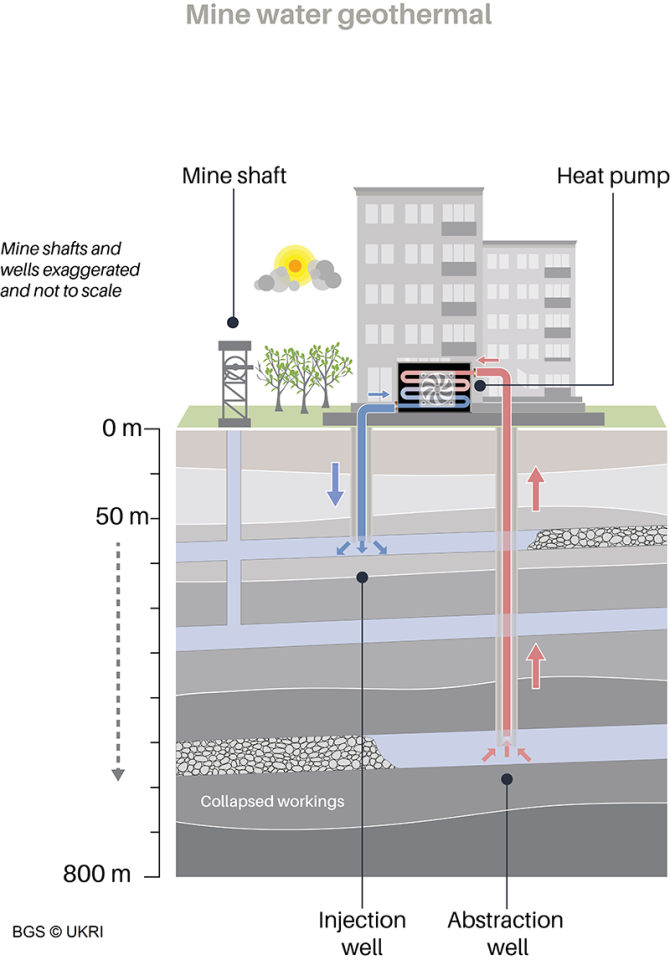
Figure 4 Schematic of a mine-water heating system (mine working thickness exaggerated and not to scale). BGS © UKRI.
Deep geothermal energy
Exploitation of deep geothermal systems requires the drilling of deep wells to reach temperatures that are high enough for direct use (without a heat pump) in district heat networks for domestic or commercial space heating, industrial processes or agriculture and, in some areas of the UK, for power generation. In the UK, deep geothermal prospects occur in specific geological settings, including deep sedimentary basins and radioactive granites.
Classifying these prospects based on geological reservoir characteristics and exploitation technology, we can distinguish between hydrothermal and petrothermal systems (Figure 5). An alternative classification distinguishes between ‘hot sedimentary aquifer’ (HSA) and ‘hot dry rock’ (HDR). The terms hydrothermal and HSA, and petrothermal and HDR are often used interchangeably.
Another classification that is widely used in the UK is based on rock types. Enhanced or engineered geothermal systems (EGS) use stimulation techniques to increase the recoverability of conduction-dominated reservoirs with low natural permeability and porosity.
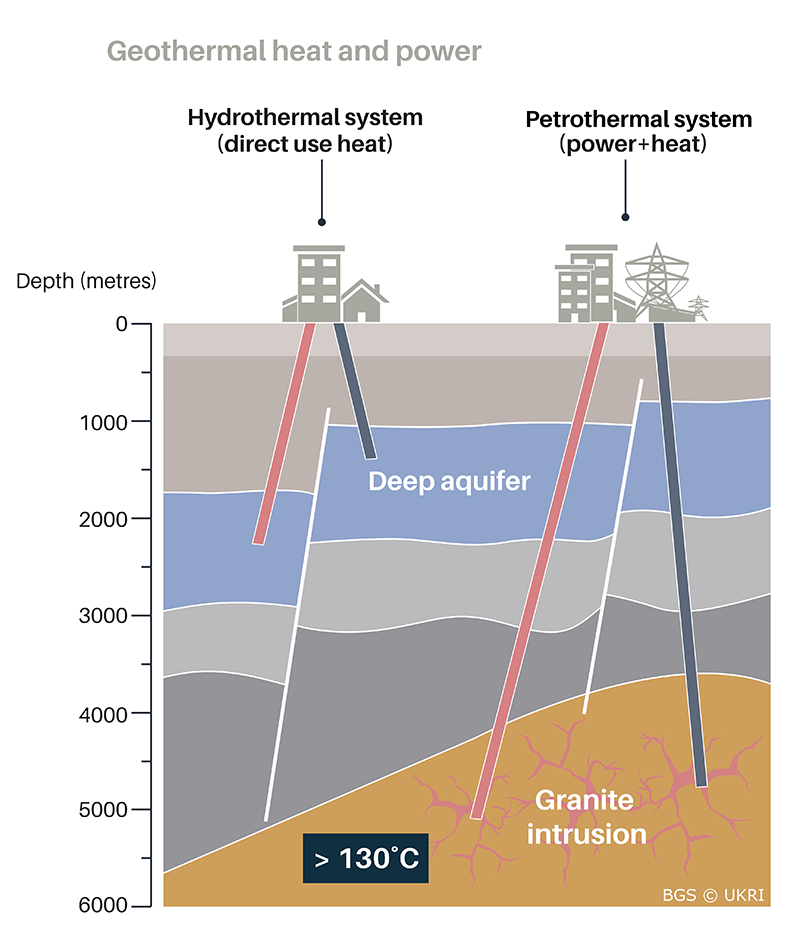
Figure 5 Hydrothermal (left) and petrothermal (EGS) (right) systems. BGS © UKRI.
Hydrothermal systems or hot sedimentary aquifers
Aquifers are bodies of permeable rock that are able to transmit and store fluids including water or brine. Where such aquifers are buried in deep sedimentary basins, they form hot sedimentary aquifers or hydrothermal systems. In the UK, deep groundwater circulation in such basins occurs at 1 to 3 km depth and temperatures of 40 to 80°C, which are sufficiently high for direct use in district heating.
Hot sedimentary aquifers in the UK include Permo-Triassic sandstones and Carboniferous limestones. The Permo-Triassic sandstone thermal resource has been exploited in Southampton via a 1.7 km-deep well that has delivered hot water at a temperature of 76°C for the Southampton District Heating Scheme. Carboniferous limestone is known for its thermal springs in Bath and Bristol (Somerset), Buxton and Matlock (Peak District) and Cardiff (Wales).
Exploitation of hydrothermal systems for geothermal purposes is typically via geothermal doublet systems, which consist of two boreholes drilled to target depths, one for abstracting the hot water and the other for returning the cooled water back into the aquifer (Figure 6). The design is similar to that of open-loop ground-source heat pump systems.
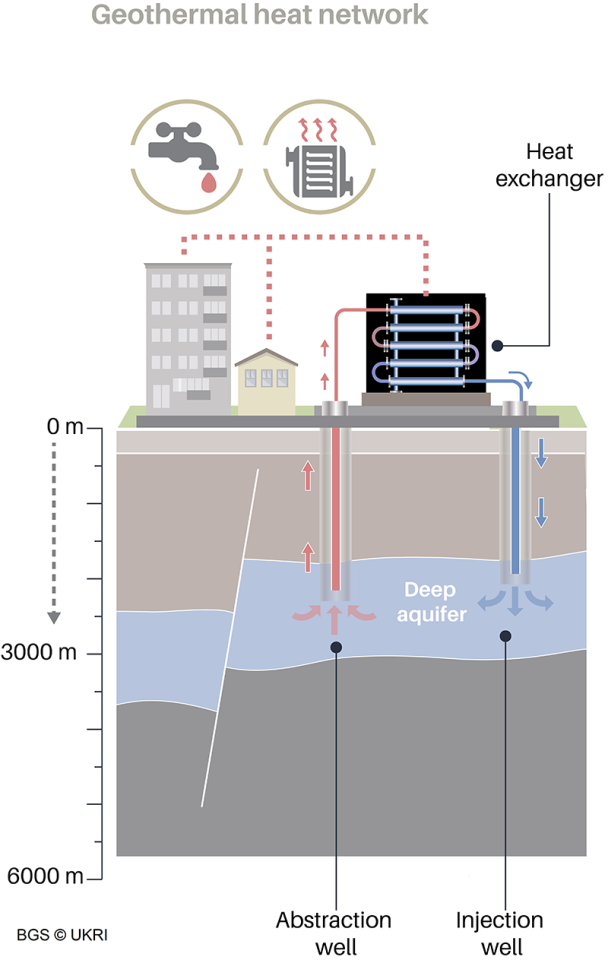
Figure 6 Schematic of a geothermal doublet for the exploitation of a hot sedimentary aquifer. Heat exchanger not to scale. BGS © UKRI.
Petrothermal systems
Petrothermal systems occur where there is hot rock but insufficient natural fluid or permeability within the system to transport the heat to the surface. Granites, typically, are ‘tight’ rocks that have little ability to store or transport water, except where the rocks are naturally faulted or fractured. They can contain a higher proportion of radioactive elements than other rock types and are a target for geothermal energy exploitation where heat from the decay of these elements accumulates.
Some granites found in Cornwall, the north of England, Scotland and Northern Ireland have been identified as potential geothermal targets. Temperatures within these rocks are estimated to reach up to 200°C at 5 km depth — sufficient for geothermal power generation. Recent drilling to about 5 km depth in Cornwall has confirmed that such temperatures can be achieved in the granites of south-west England.
Two projects, the United Downs Deep Geothermal Power project and the Eden project, make use of the natural fractures in the granites that allow flow of water. The geothermal potential of the granites in other areas is subject to higher uncertainty due to a lack of data.
These systems are usually developed for power generation, although they can contain a heating component. The basic design consists of a well doublet drilled into the fractured system to create a circuit of production and re-injection (Figure 7). The United Downs project has been developed as a doublet, while the Eden project uses a single-well heat exchanger developed as a coaxial circulation system within the well. Depending on the characteristics and temperature of the fluid, different types of power plants are used.
In some other locations, the naturally low permeability of granite means that the flow pathways within the rock may need to be enhanced or created through artificial stimulation, or water may need to be be added to enable use of the energy. These systems may be developed as ‘enhanced geothermal systems’).
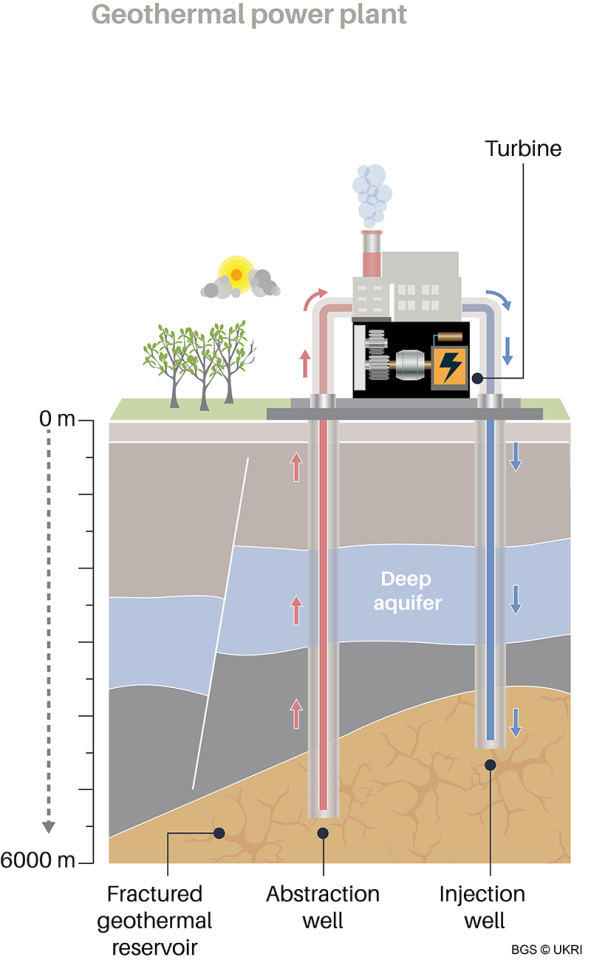
Figure 7 Geothermal doublet drilled into a deep fractured system. BGS © UKRI.
Re-purposing of oil, gas and other wells
Boreholes across the UK that have been drilled for oil, gas, unconventional hydrocarbons, coalbed methane or other purposes could be repurposed for geothermal energy. A new use for these wells could be a major advantage as it could reduce the cost of geothermal projects by more than 40 per cent.
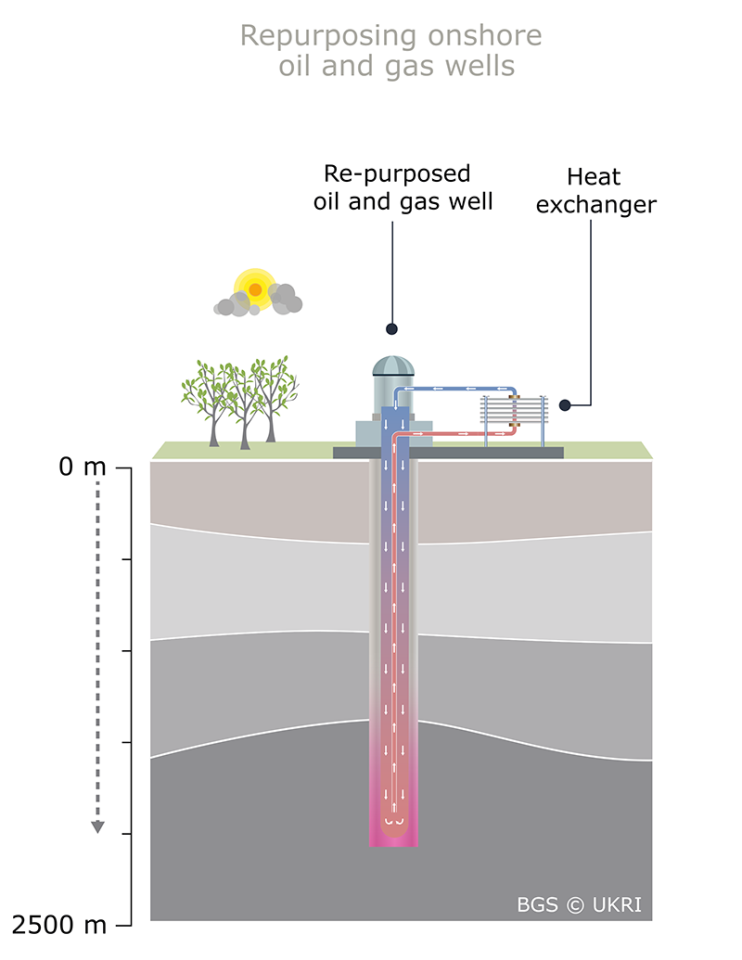
Figure 8 Single borehole heat exchanger for geothermal heat production. BGS © UKRI.
Re-purposing wells uses deep geothermal single well technologies, also called coaxial (open-loop or closed-loop) boreholes or single borehole heat exchangers. They are an adaptation of established shallow geothermal technologies (standing column wells) that have been modified for use in single deep wells. This technology is used in the Eden deep geothermal project.
Deep geothermal single wells typically consist of two concentric tubes: one carries fluid down and the other carryies fluid back up through the centre, exchanging heat during fluid counterflow. They can also be installed in purpose-drilled wells. The technology is less reliant on the availability of a deep aquifer and has potential for application in most areas of the UK.
Underground thermal energy storage
The subsurface can be used to store thermal energy, both hot or cold. For example, ground-source heat pump systems may operate in heating mode during winter, abstracting heat and re-injecting relative cold to the ground, and in cooling mode in summer, abstracting cold and re-injecting heat to the ground. In these systems, ‘cold’ and ‘heat’ are stored in the ground seasonally, for abstraction at a later time.
Scaling-up such systems, underground thermal energy storage could include storage in deeper (1 to 3 km) formations to allow for higher temperatures, for example from waste ‘industrial heat’.
A topic of active research, underground thermal storage may be feasible in most parts of the UK, although different geological, hydrogeological and regulatory constraints are likely to apply depending on storage duration, temperature and anticipated thermal recovery load.
- Aquifer thermal energy storage uses aquifers to store and recover thermal energy. The infrastructure is similar to open-loop geothermal systems with two or more wells for the abstraction and re-injection of groundwater
- Borehole thermal energy storage uses borehole heat exchangers to inject and extract heat into or from the subsurface. In summer, a hot fluid is circulated in the pipes inside the boreholes to heat up the surrounding rocks, to be recovered in winter
- Mine thermal energy storage is an alternative to aquifer thermal energy storage systems. Instead of using a natural aquifer, it uses a flooded abandoned mine aquifer to store heat or cold
Examples
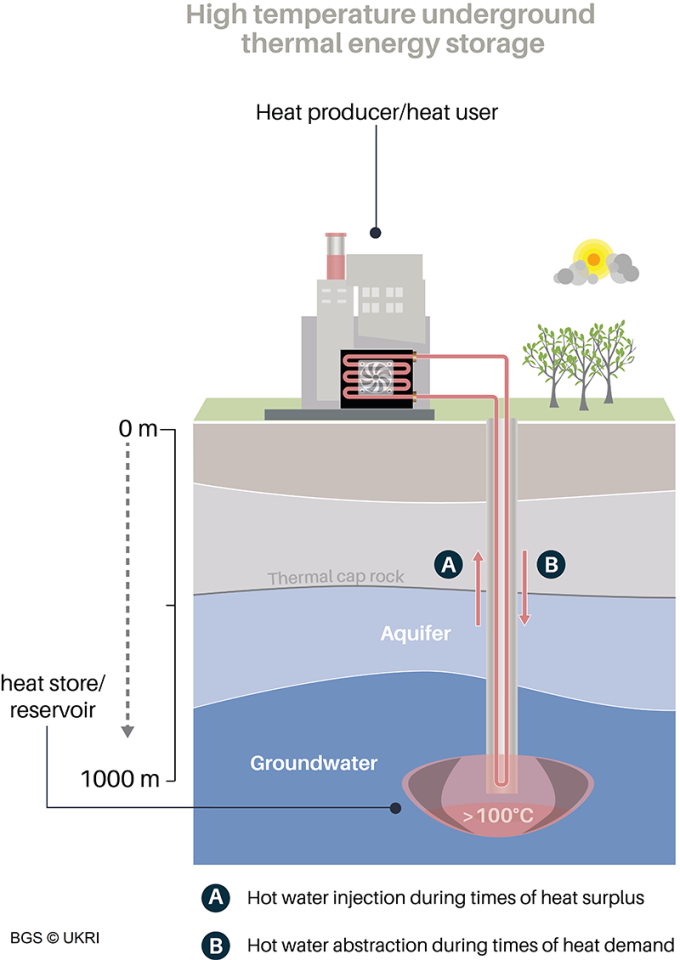
Figure 9 Single borehole underground thermal energy storage. BGS © UKRI.
Online maps and tools
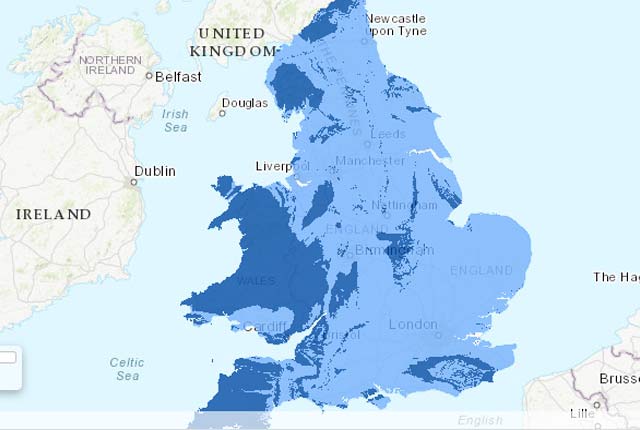
Open-loop GSHP screening tool
The BGS and the Environment Agency have together developed a web-based tool that maps the potential for open-loop ground-source heat pump installations in England and Wales.
You may also be interested in
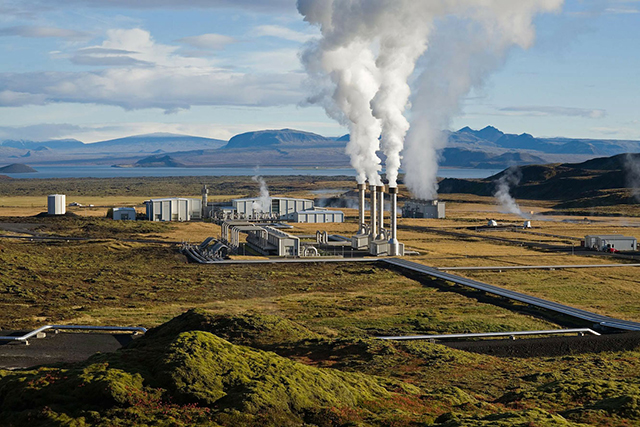
Geothermal energy
Investigating geothermal energy — energy stored in the form of heat beneath the surface of the solid Earth.
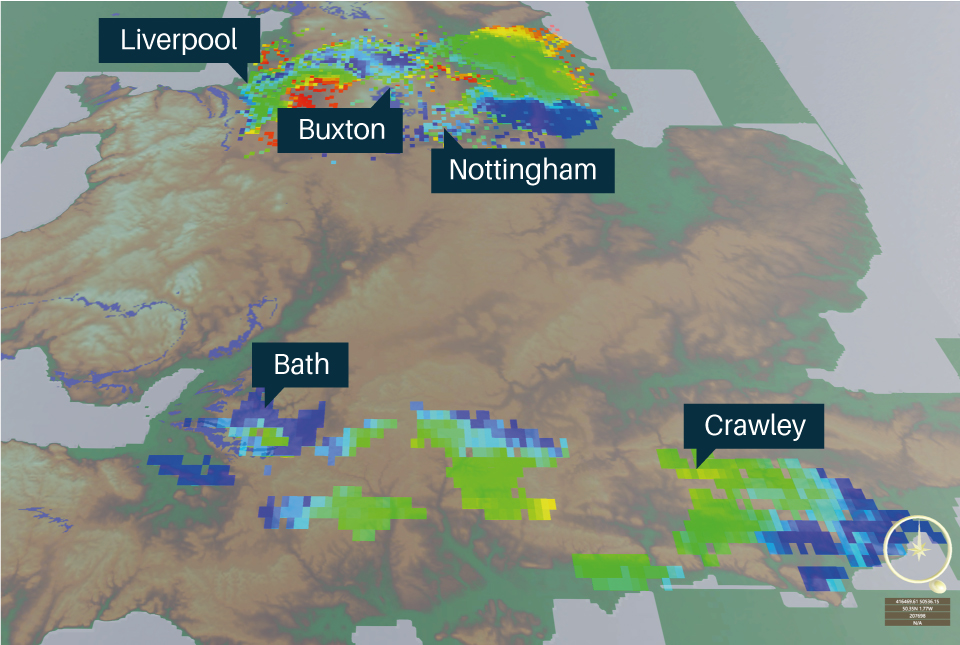
Applications
Geothermal energy resources occur in a broad range of geological settings. The BGS Geothermal team has experience in assessing and characterising shallow and deep geothermal resources.
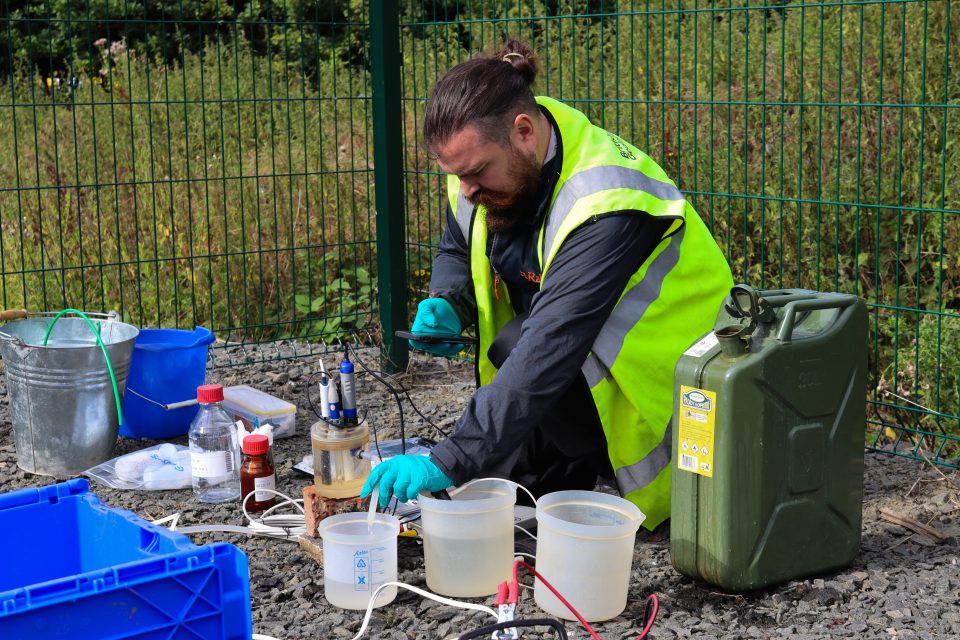
What we do: BGS projects and UK geothermal potential
Active and previous research projects.
Related news
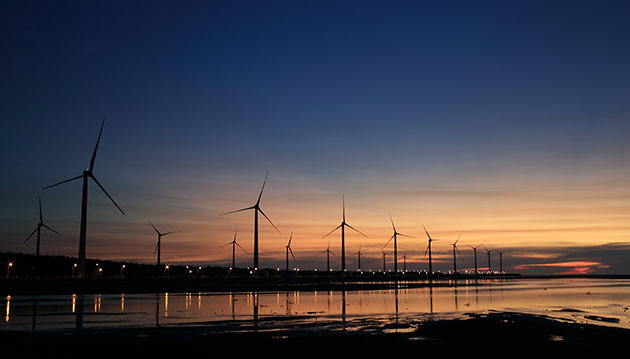
Goldilocks zones: ‘geological super regions’ set to drive annual £40 billion investment in jobs and economic growth
10/06/2025
Eight UK regions identified as ‘just right’ in terms of geological conditions to drive the country’s net zero energy ambitions.
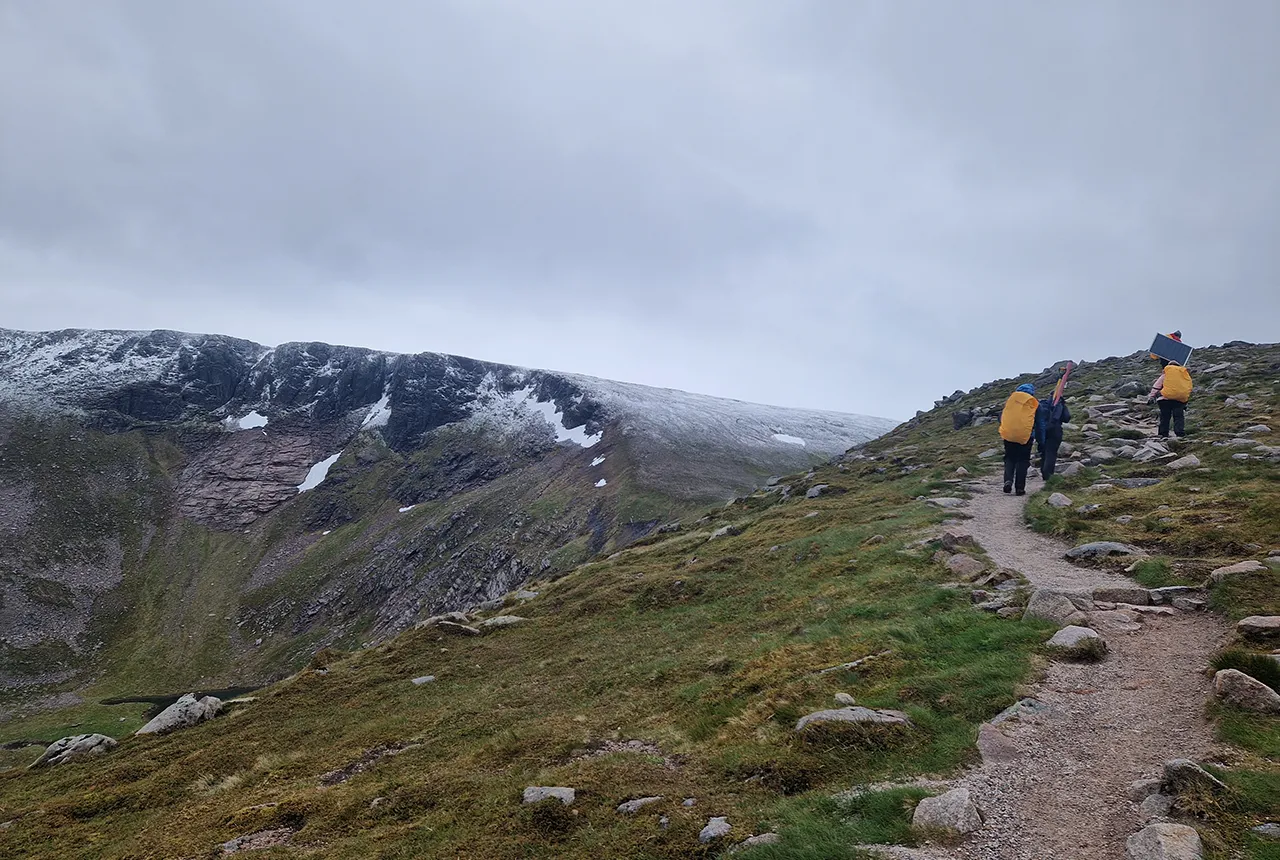
Exploring Scotland’s hidden energy potential with geology and geophysics: fieldwork in the Cairngorms
31/03/2025
BUFI student Innes Campbell discusses his research on Scotland’s radiothermal granites and how a fieldtrip with BGS helped further explore the subject.
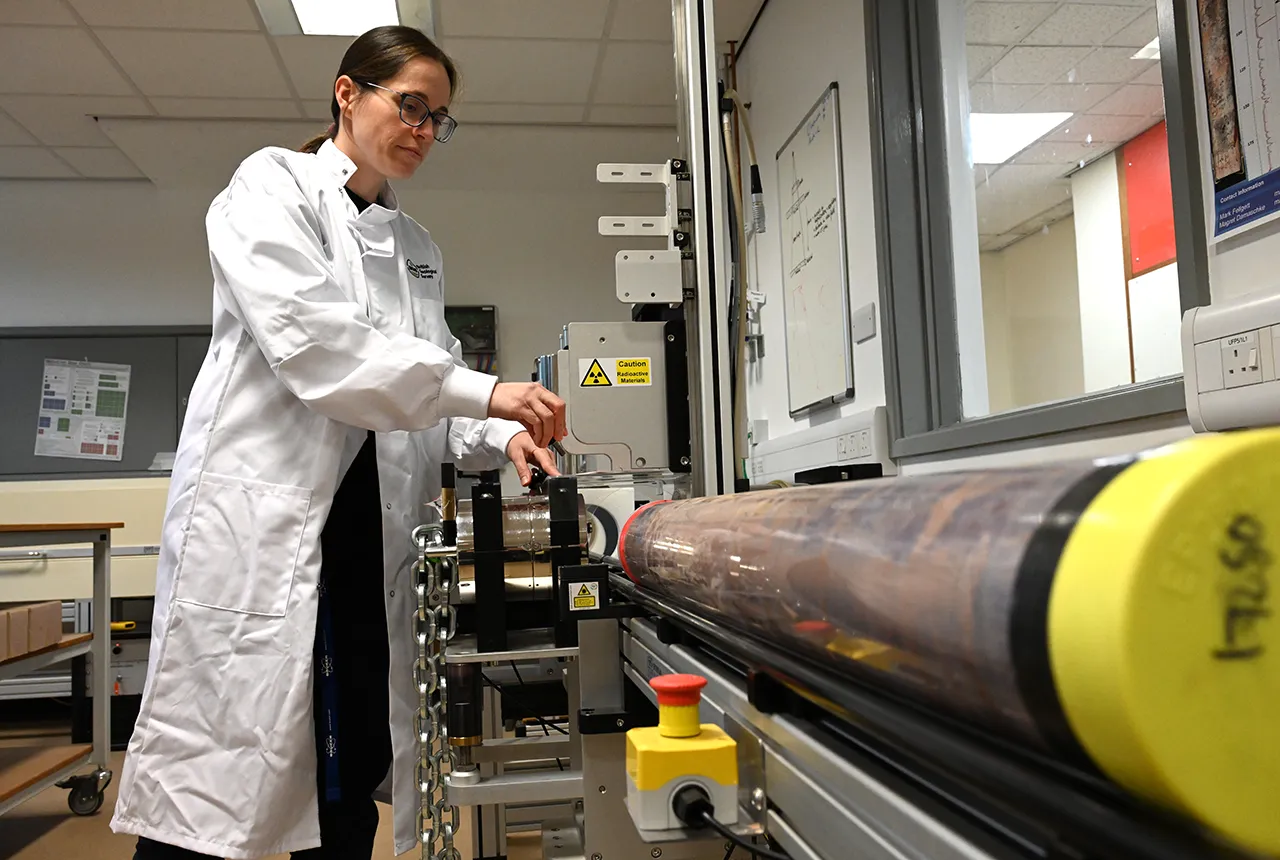
Prehistoric power: 250-million-year-old rocks could contain secrets to net zero future
05/12/2024
BGS has completed a comprehensive scan of Mercia Mudstone rocks that could hold geological secrets of the UK’s past and provide a boost for net zero.
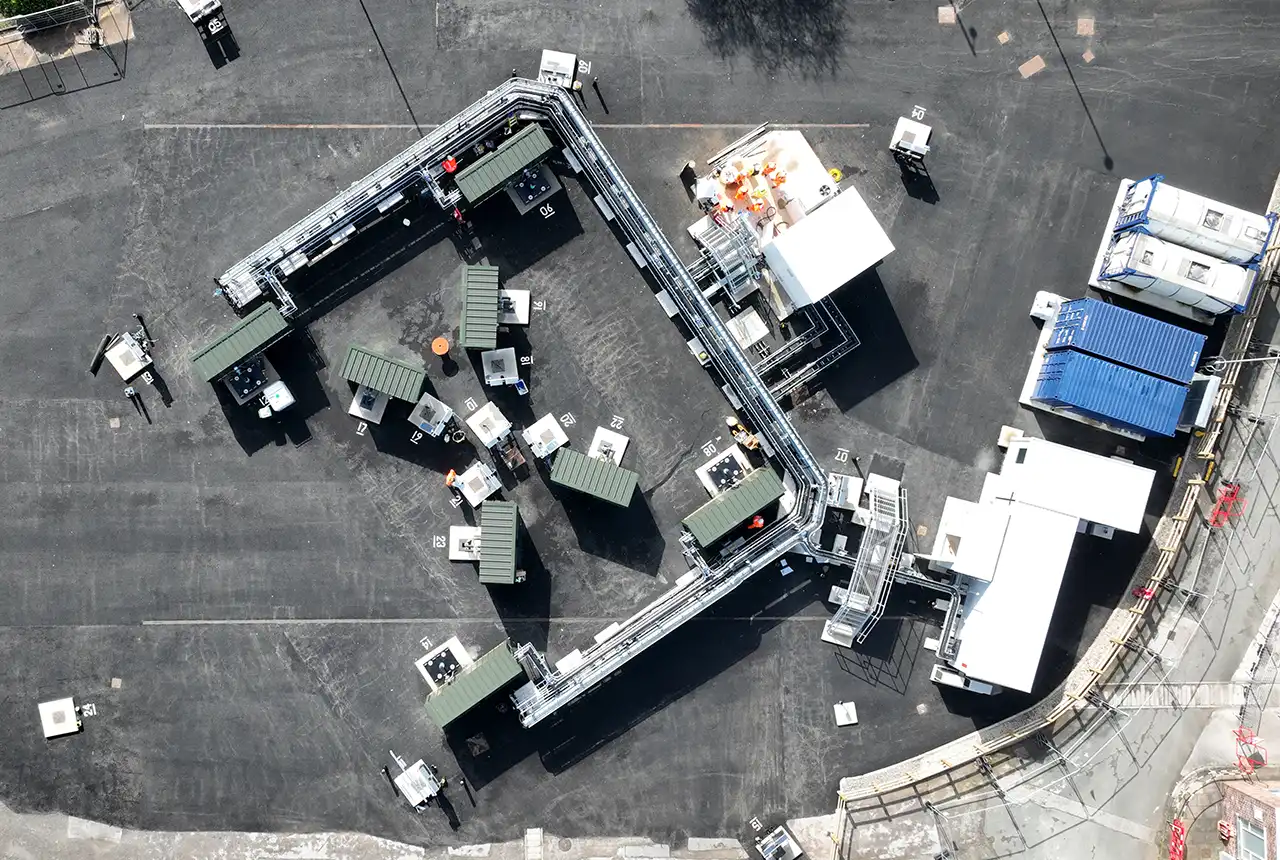
World-class facility creates new opportunities for geothermal energy in Cheshire
10/10/2024
The £8.3 million underground observatory will enhance the UK’s knowledge on the clean energy required to decarbonise heating.
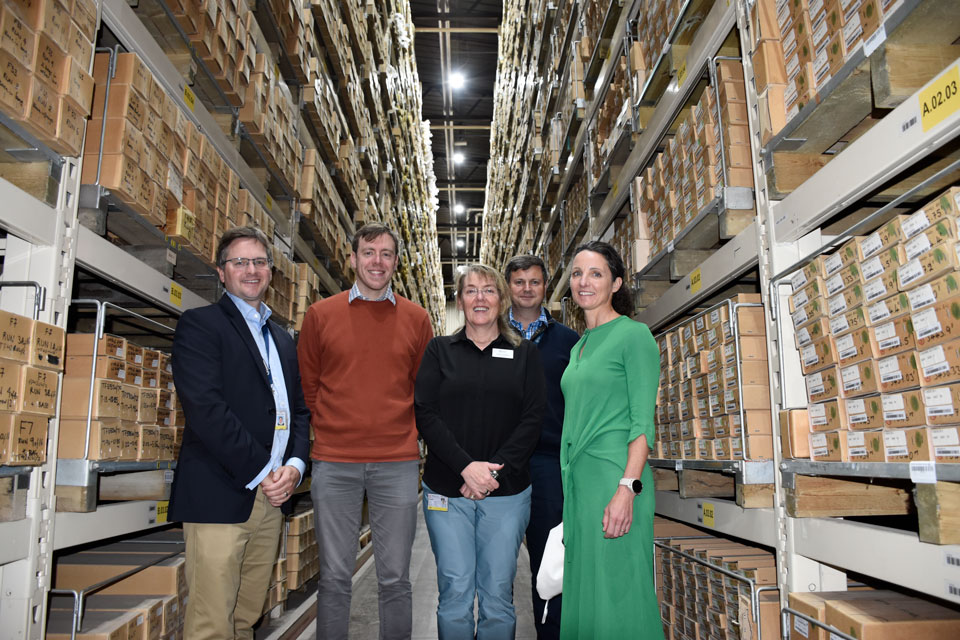
Local MP checks in on development of new geothermal ‘living laboratory’ in Nottinghamshire
19/09/2024
BGS has reached the halfway mark on its ambitious ground-source heat pump project at its headquarters in Keyworth, Nottinghamshire.
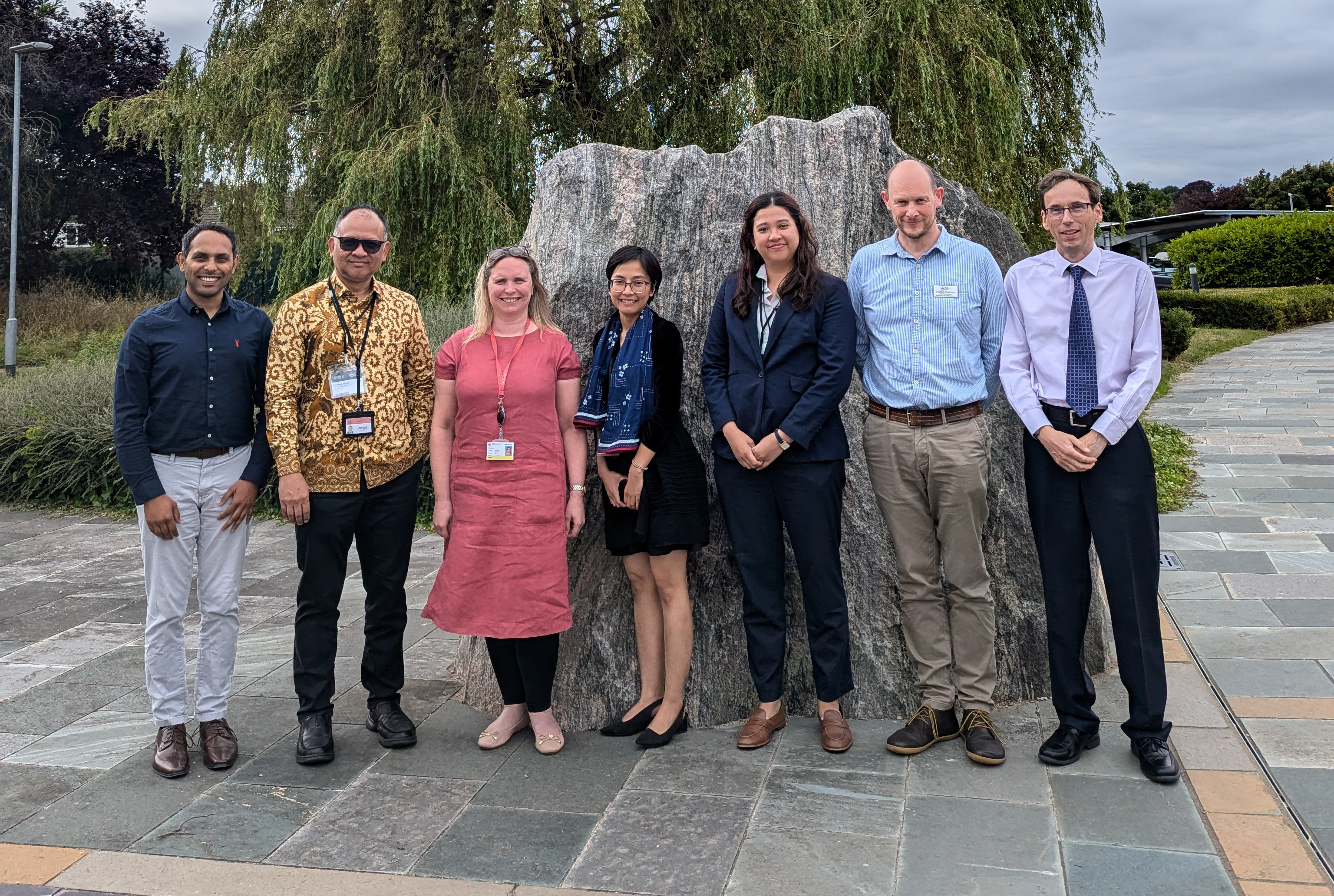
Visit by Indonesian Embassy representatives to BGS
27/08/2024
Strengthening BGS/Indonesia scientific research partnerships to address the complex challenges Indonesia faces from natural hazards and maximising opportunities from mineral resources and geothermal energy.
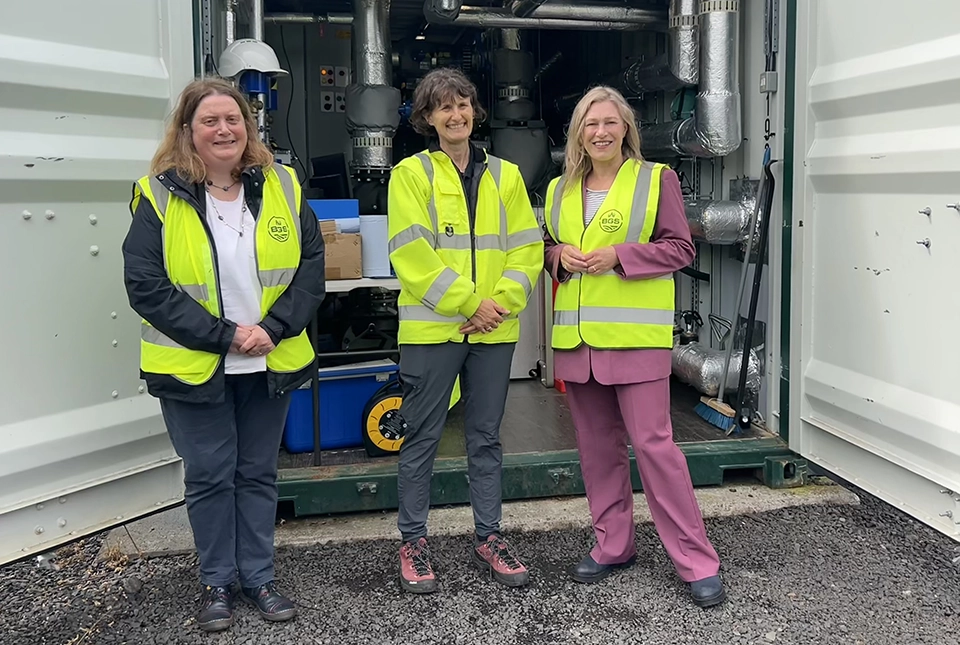
Unlocking our geothermal potential: a Scottish Government visit to the Glasgow Observatory
15/08/2024
Gillian Martin MSP visits the UK Geoenergy Observatory in Glasgow to learn about geothermal energy and see the research being carried out at the facility.
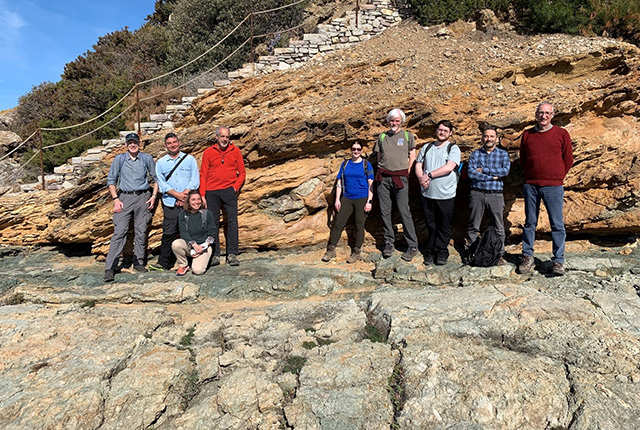
The heat beneath our feet: BGS field visit to Tuscan geothermal systems
05/07/2024
BGS visits the active and fossilised geothermal systems of southern Tuscany, Italy.
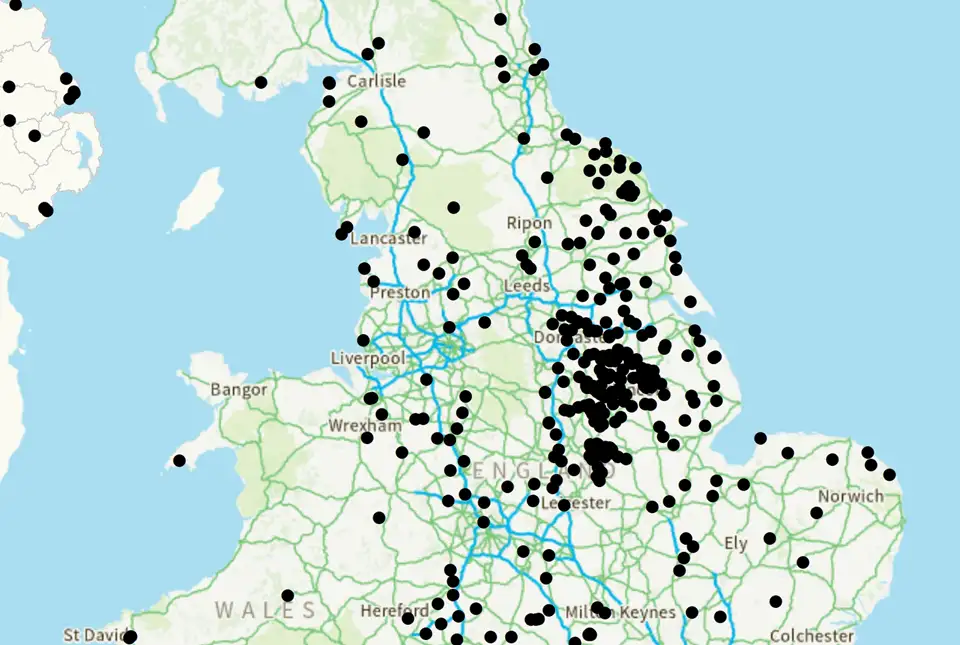
UK legacy geothermal catalogue released in digital format for the first time
18/04/2024
BGS has released the first digital version of the UK legacy geothermal catalogue of subsurface temperature measurements, rock thermal conductivity measurements and heat flow calculations.
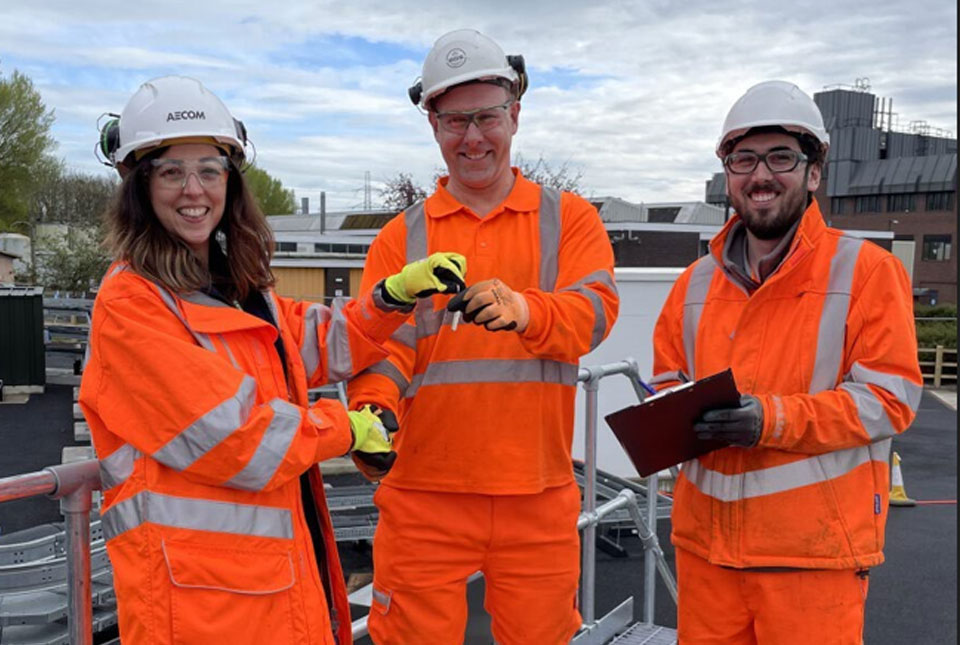
New underground observatory open for research
09/04/2024
Construction has been completed on the Cheshire Observatory and the facility is now open for research activities.
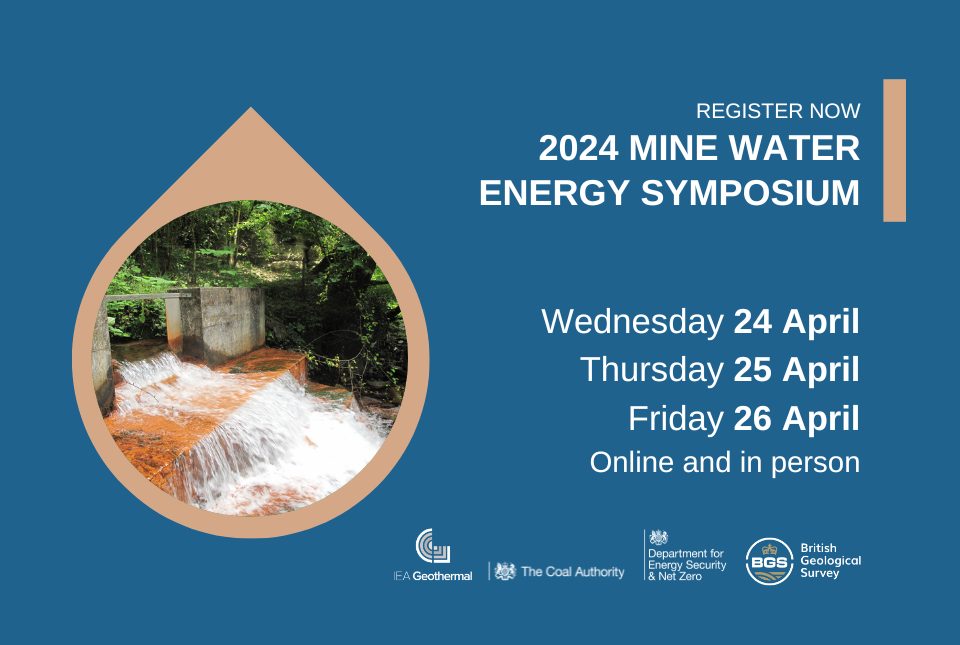
2024 Mine Water Energy Symposium
Event from 24/04/2024 to 26/04/2024
Now in its fourth year, the 2024 Mine Water Energy Symposium will be held in person for the first time in April 2024, with online streaming functionality.
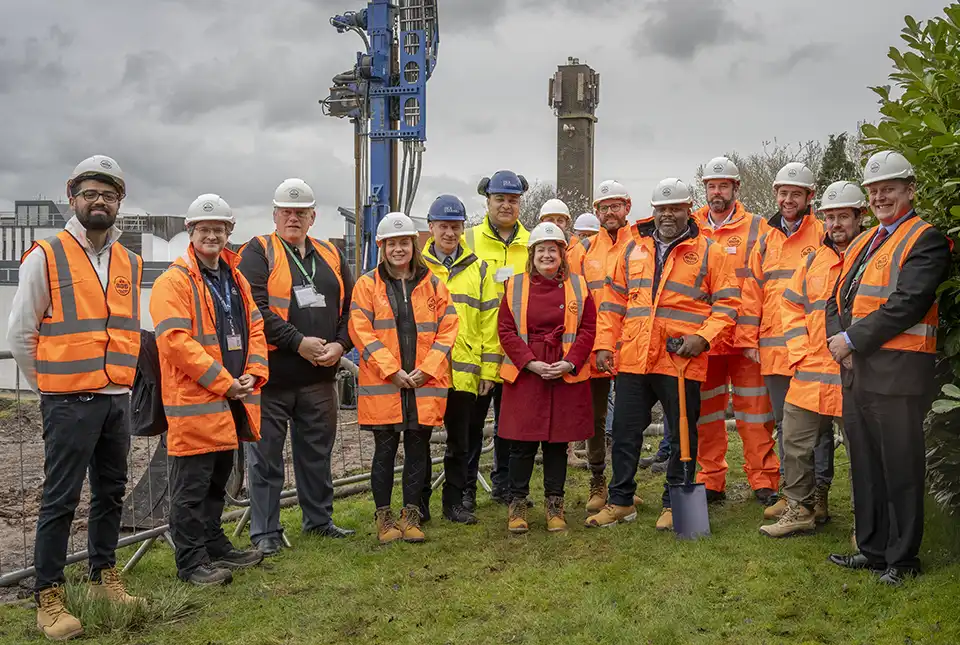
Local MP helps BGS launch a ‘living laboratory’
05/03/2024
BGS is implementing a low-carbon heating system to help meet its net zero targets and provide data to the public.


